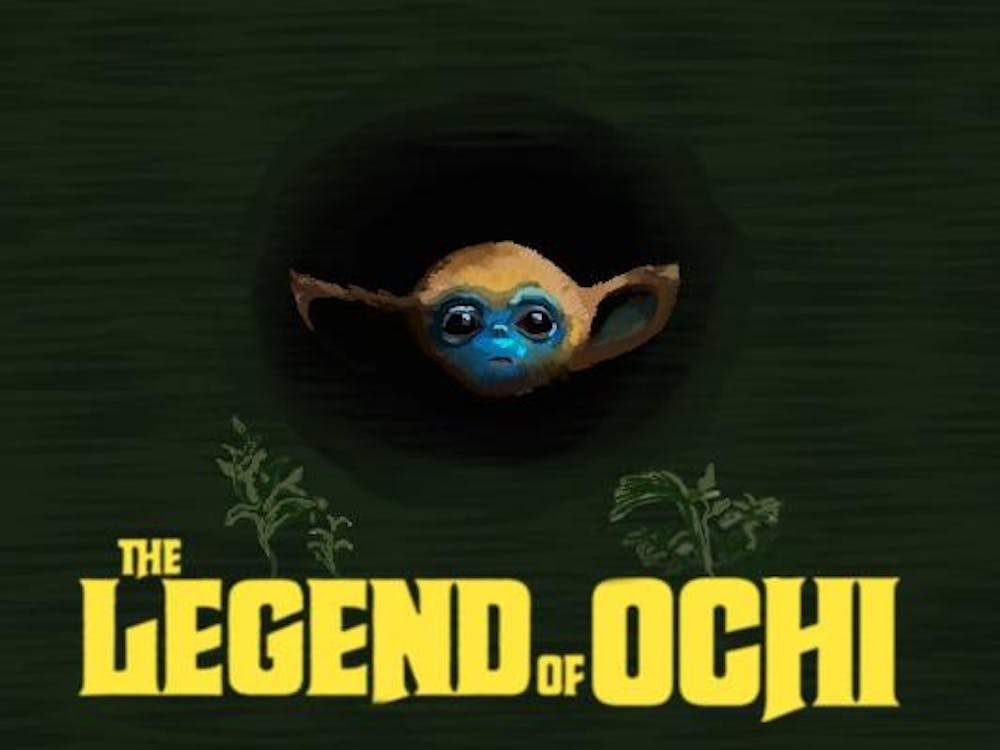Taking 800-plus dense pages of reading and condensing it into 2.2 hours of screen time is no easy task. The latest film version of Anna Karenina, directed by hotshot moviemaker Joe Wright (Pride and Prejudice, Atonement), does just that. Shifting quickly from scene to scene in an elaborate theatrical complex that quite literally brings the major events of Tolstoy’s epic to the stage, Wright’s adaptation moves the viewer between storylines. This artistic move works successfully on the whole, but unexplained epiphanies and plot points ultimately hinder the project.
After reading Anna K this summer, I was more than a little excited for the release of this latest lush take on the classic story of Russian socialite Anna’s doomed affair with the dashing Count Vronsky. I had thoroughly enjoyed every page of the Russian semi-soap opera, even if every character had about eight names — thankfully, the movie stuck to one per person. Needless to say, I was curious as to how this massive — and massively complex — novel could possibly be given a just treatment on the silver screen.
After hearing that most of the film’s action took place on a stage, I was hesitant. I wanted to see the rolling Russian landscape, not the inside of some dingy theater. But this device proved to be one of the more successful elements of the film, since the swift scenic transitions and curtain shifts kept the story rolling.
Some parts remain as complicated as Tolstoy’s novel — most of all, the absurdly intricate dancing. How could Kitty (Alicia Vikander) search the room for her then-flame Vronsky (Aaron Taylor-Johnson) while trying to keep up with all the swan-like arm movements? I certainly couldn’t.
Some of the characters do not receive as much attention as the dancing. Given the necessary shift in scope and length for the adaptation, even some of the novel’s major players have been pushed to the sidelines or transformed into caricatures and types. Some characters even take a different shape than they did in the book. Stiva Oblonsky (Matthew Macfadyen) who was easy to despise in the novel for his womanizing ways, is instead depicted in such a buffoonish way that it’s hard not to find him at least endearing to some degree.
Others, such as Anna (Keira Knightley), remain the same. But luckily for viewers, her somewhat obnoxious ending is less drawn-out than it is in the source material. Knightley captures her perfectly as a woman torn between two worlds and unable to decide where she belongs.
Some parts of the film may have been lost on those who did not read the book. Levin’s (Domhnall Gleeson) epiphany at the end probably makes no sense to any viewer who did not see any of his struggles. And even I don’t remember who the woman who discusses Anna with Karenin (Jude Law) actually is.
While overall, Wright manages to capture the tragic essence of the novel, the foreshadowing is too heavy-handed, and Law, with glasses and a bald spot, is made to look far too unattractive for my taste.






